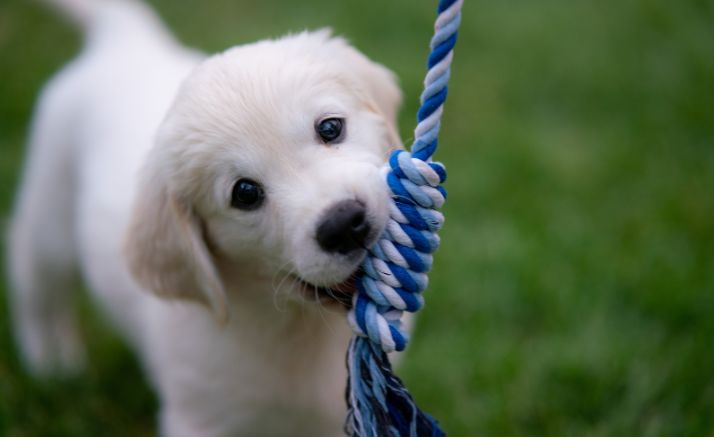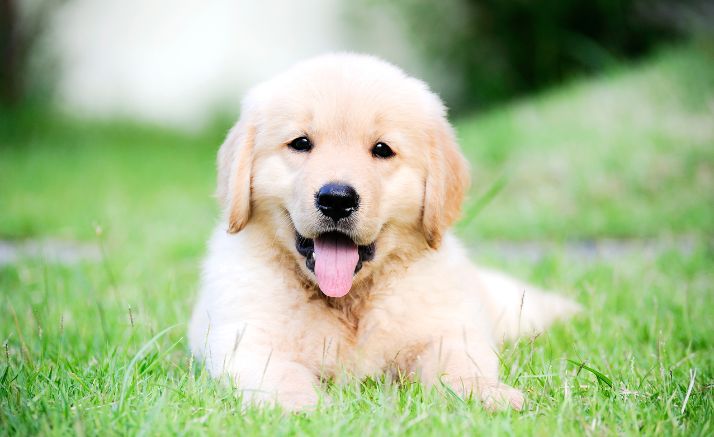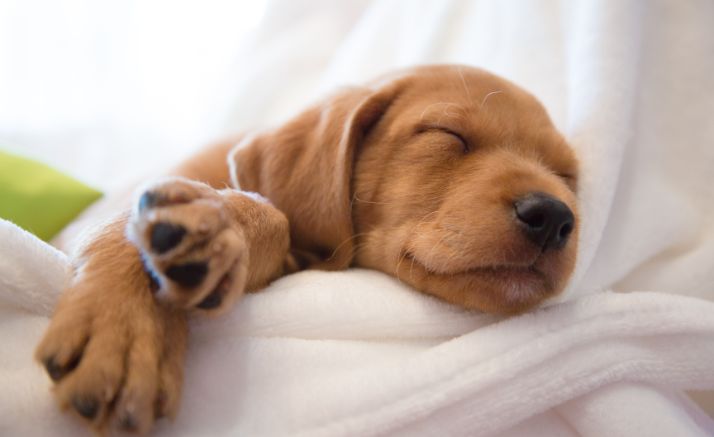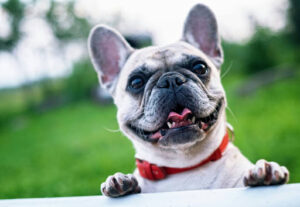Welcoming a new puppy into your home is an exciting and rewarding experience. However, it comes with its own set of challenges, especially when it comes to puppy training. Training a puppy is crucial for its development and can establish a lifelong bond between you and your furry friend. In this comprehensive guide, we will walk you through the essentials of how to train a puppy, ensuring both you and your pet enjoy a happy and healthy relationship.
Preparing for Your New Puppy
Preparing for a new puppy is the first crucial step in puppy training and sets the stage for a happy, healthy relationship with your new pet. Here’s a more detailed look at how to train a puppy right from the start by setting up their new environment and gathering essential supplies.
Setting Up the Space
- Safe Environment: Puppy-proof your home by securing loose wires, removing small objects that can be swallowed, and restricting access to potentially dangerous areas. This is a vital part of guide puppy training, as it prevents accidents and establishes a safe haven for your puppy.
- Comfort Zone: Establish a specific area for your puppy to sleep and relax. This could be a crate with comfortable bedding or a dedicated corner of a room. The goal is to make this space feel like a secure and inviting den for your puppy.
- Potty Training Area: Designate a specific spot for potty breaks, whether it’s a corner of the yard or a puppy pad area. Consistency in this area is key for effective puppy training.
Essential Supplies
- Food and Water Bowls: Invest in sturdy, easy-to-clean bowls. Non-slip bases are preferable to prevent spills.
- High-Quality Puppy Food: Nutrition is critical for a growing puppy. Choose a brand that’s specifically formulated for puppies and consider your puppy’s breed size for the right nutrient balance.
- Chew Toys: Puppies are natural chewers. Providing a variety of chew toys can protect your furniture and aid in teething relief.
- Leash and Collar: Get a comfortable collar and a suitable leash for your puppy’s size. This is crucial for future training exercises outside the home.
- Identification Tag: Safety first – ensure your puppy’s collar has an ID tag with your contact information.
- Grooming Supplies: Include a brush or comb suitable for your puppy’s coat type, nail clippers, and puppy-safe shampoo.
- Puppy Gates or Pens: These are invaluable for creating boundaries within your home and are an essential tool in how to train a puppy, especially when you can’t supervise directly.
Creating a Positive Environment
- Quiet and Calm Area: Puppies need a peaceful environment to settle in. Avoid loud noises and excessive handling in the first few days.
- Introducing Family Members: Allow your puppy to meet each family member one at a time. Teach children how to approach and handle the puppy gently.
- Routine Setup: Establish a daily routine that includes set times for feeding, potty breaks, playtime, and sleep. Consistency in routine is a cornerstone of guide puppy training.
Veterinary Care
- First Vet Visit: Schedule a check-up with a veterinarian soon after bringing your puppy home. This visit can cover essential vaccinations, deworming, and general health checks.
- Health Records: Keep a record of your puppy’s medical history, vaccination dates, and any specific care instructions from your vet.
Training them Respond to Their Name
Teaching your puppy to respond to their name is a fundamental aspect of puppy training. It’s not just about getting their attention; it’s about establishing a line of communication between you and your pet. Here’s a guide on how to train a puppy to respond to their name, which is an essential step in their overall training.
Name Recognition Training
Consistency: Consistently use their name in a positive context. Avoid using their name when you’re frustrated or angry, as this could create negative associations. Consistency in using their name is key in effective puppy training.
Positive Reinforcement: Whenever your puppy looks at you upon hearing their name, reward them with a treat, praise, or petting. This positive reinforcement is crucial in guide puppy training as it encourages them to repeat the behavior.
Training Sessions
Short and Sweet: Keep the training sessions short, around 5 to 10 minutes. Puppies have short attention spans, so brief, frequent sessions are more effective for puppy training.
Distraction-Free Environment: Start in a quiet area with few distractions. As your puppy gets better at responding to their name, gradually introduce more distractions. This progression is important in how to train a puppy as it builds their focus.
Practice and Patience
Regular Practice: Incorporate their name in everyday situations. Call them for meals, walks, and playtime. Regular, real-world practice is a vital component of puppy training.
Patience is Key: Some puppies may take longer to consistently respond to their name. Patience and persistent positive reinforcement are essential in guide puppy training.
Reinforcing Response
Immediate Reward: When your puppy responds to their name, immediately give them a reward. The immediacy helps them make the connection between their name and something positive.
Vary the Rewards: Mix up the types of rewards – treats, a favorite toy, or affection. This variety keeps the puppy training process engaging for your puppy.
Advancing the Training
- Adding Commands: Once your puppy reliably responds to their name, start adding other basic commands like ‘sit’ or ‘come’. This helps in furthering their training and solidifying their response to their name.
- Consistent Use in Different Settings: Use their name in various environments – inside the house, in the garden, during walks. This helps reinforce their response in different situations, an important aspect of how to train a puppy.
Basic Puppy Training Commands
Teaching your puppy basic commands is a crucial aspect of puppy training. It helps in establishing communication, ensuring safety, and fostering good behavior. Let’s dive deeper into how to train a puppy with these fundamental commands: “sit,” “stay,” and “come.”
1. Sit
- Hold a treat near your puppy’s nose and then move your hand up, allowing their head to follow the treat and causing their bottom to lower.
- As you raise the treat, clearly say “sit.” When their bottom touches the ground, immediately praise and reward them.
- Repeat this process several times in short sessions. Consistency is key in puppy training, especially when teaching a new command.
- If your puppy doesn’t sit immediately, avoid pushing them down. Encourage them gently and always use positive reinforcement.
2. Stay
- Begin with your puppy in the ‘sit’ position.
- Say “stay” in a calm and firm tone while holding your hand up (as if signaling ‘stop’). Take a step back.
- If your puppy stays, even for a few seconds, reward them. Gradually increase the duration and distance over time.
- Practice ‘stay’ in different locations with varying levels of distraction. This enhances their understanding and response to the command, a vital part of guide puppy training.
3. Come
- Puppies respond best to cheerful, encouraging voices. When calling your puppy, use an upbeat tone.
- When they come to you, reward them with treats, praise, or playtime. This positive reinforcement solidifies the command in puppy training.
- Initially, practice this command on a leash in a controlled area. Gradually progress to more open spaces as your puppy becomes more reliable.
- If your puppy takes time to come, avoid scolding them when they arrive. Always make coming to you a positive experience.
Advancing with Training
Once your puppy masters these commands in a quiet environment, start practicing them in more challenging situations with more distractions.
As they progress, combine the commands for more complex training routines. For instance, ask your puppy to “sit” and then “stay,” followed by “come.”
Seeking Professional Help
While many aspects of puppy training can be managed at home, there are situations where seeking professional help can be immensely beneficial. Understanding when and how to seek this help is an important part of guide puppy training. Let’s delve into when it’s advisable to consult a professional trainer and the benefits of doing so.
When to Consult a Trainer
- Behavioral Issues: If you’re facing challenges like excessive barking, aggression, or separation anxiety, a professional trainer can provide targeted strategies to address these issues.
- Basic Command Struggles: If your puppy is not responding to basic commands despite consistent efforts, a trainer can offer guidance and different techniques that might be more effective.
- Socialization Problems: Puppies who show fear or aggression around other animals or people may benefit from professional training to overcome these socialization hurdles.
Puppy training is a journey filled with challenges and rewards. Remember, patience and consistency are key in how to train a puppy effectively. By following this guide, you’ll be well on your way to raising a well-behaved, happy dog. Enjoy every moment of your puppy training adventure – it’s a special time that forms the foundation of your lifelong bond.











